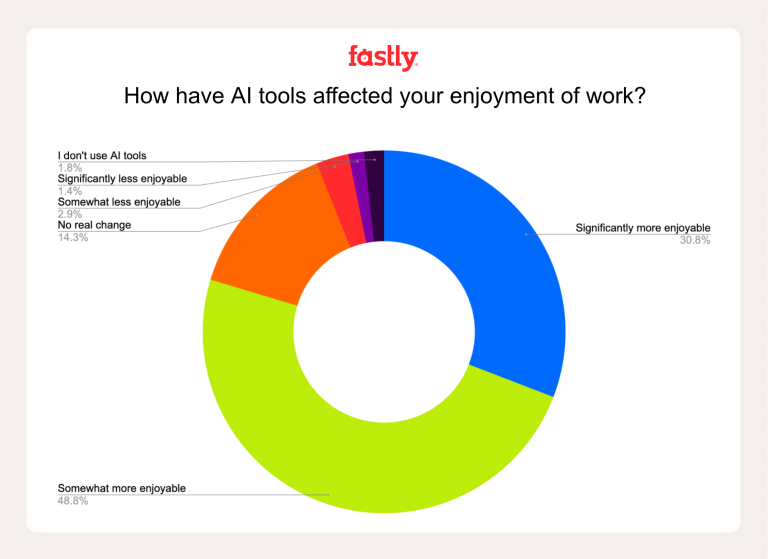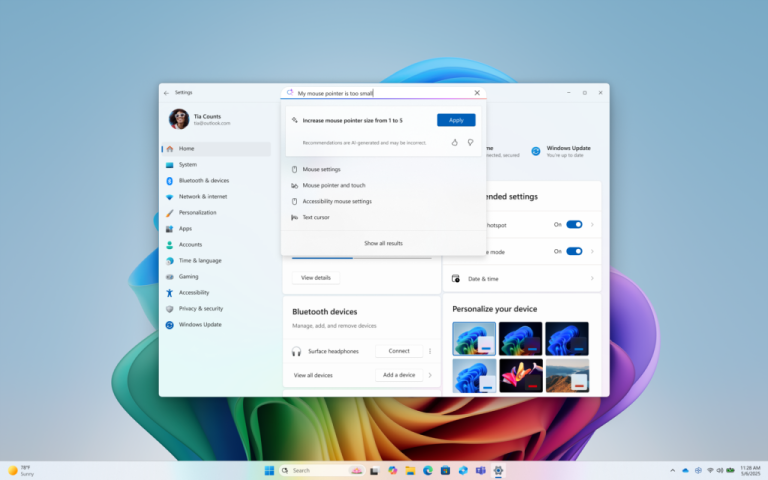

Data encryption is when your data or text is converted (encrypted) into a code or ciphertext. Nobody will be able to understand the code or ciphertext without the key to change it back (decryption).
Data encryption uses mathematical algorithms to scramble the data so that only those with the cipher or key can decode it. Encryption can be symmetric (securing data with a single private key) or asymmetric (using multiple keys that are public and private).
The Value of Encryption
The world is becoming more digital with each passing year. More of a person’s personal life is conducted online for work, school, and living. Governments and companies are shifting their services and products online; that presents greater access and efficiency, but it also opens up society to cyber threats.
If you think that your data is already compromised, then use the expertise of computer repair services to sift through your digital records for any malware. Encryption is a necessity because it enables internet users a safe and secure way to read and transmit data without unauthorized actors reading, altering, corrupting, or deleting it.
Encryption methods can vary according to how much data they can handle at once and what kind of key it needs for their decryption. Despite the variety, some encryption is easier to hack than others. Legal and industrial regulations usually dictate the type of encryption a public or private organization uses.
4 Different Types of Encryption Methods
- Triple DES (Data Encryption Standard)
Triple Data Encryption Standard (3DES) is an evolution of the Data Encryption Standard (DES). DES is a symmetric key cipher that utilizes the same encryption key. DES can only grant 54 bits of security as computers grew faster single DES became vulnerable to brute force attacks. The 3DES came into the industry with 64 bits. The increased security comes from the block cipher algorithm applying itself three times to each data block.
It takes three 56-bit keys encrypting with the first key, decrypting with the second key, and encrypting with the last key. 3DES has a two-key and three-key version. The two-key version runs the same algorithm three times but uses the first key for the first and last steps.
3DES was common and used in Microsoft Office, Firefox, and EMV payment systems applications. The industry has moved on to better alternatives. The National Institute of Standards and Technology (NIST) wants to discontinue 3DES starting in 2023. 3DES is still a strong block cipher and is primarily in use for legacy systems.
- Advanced Encryption Standard (AES)
Advanced encryption standard (AES) is symmetric encryption that protects data transfer online. Iit uses the same key to encrypt and decrypt data. AES also uses the substitution permutation network algorithm (SPN) to apply multiple rounds to encrypt data; the additional rounds of encryption make AES impenetrable.
AES encryption keys come in three lengths 128-bit length, 192-bit length, and 256-bit length. Although the key lengths may vary, the block size will remain 128-bit. AES has some key advantages. It is easy to understand and thus to implement.
The protocol also has fast encryption and decryption times while using less memory than other encryption types. If you want an extra layer of security, AES can combine with other security protocols like WPA2 and SSL. AES is now a standard encryption protocol. You can find it used in VPNs, applications, Wifi, password managers, and so much more.
- Rivest-Shamir-Adleman (RSA)
RSA uses a public key to encrypt data, and the end-user will use a private key to decrypt it. It’s commonly used for data sent online. RSA makes sending data between strangers secure and private. RSA is used to verify digital signatures. Encrypting files using RSA takes some time, so it’s not ideal for large or numerous files.
- Blowfish
Blowfish is a symmetric encryption algorithm, meaning it uses a single encryption key to encrypt and decrypt data. The data and encryption key are used within the encryption algorithm to turn the data into ciphertext. Blowfish and its successor Twofish would have replaced DES were it not for its small block size.
Blowfish uses a 64-bit block size, which is considered insecure. Blowfish is faster than DES, but it compromises its security to achieve that speed. Blowfish is in use on password managers, encryption software, operating systems, emails, Secure Shell (SSH), and backup tools.
Encrypt Your Data
Your data is an essential resource. Protect it from hackers and snoopers with encryption. Ensure that any device, software, application, or website that you use has high-end encryption to protect your data.





